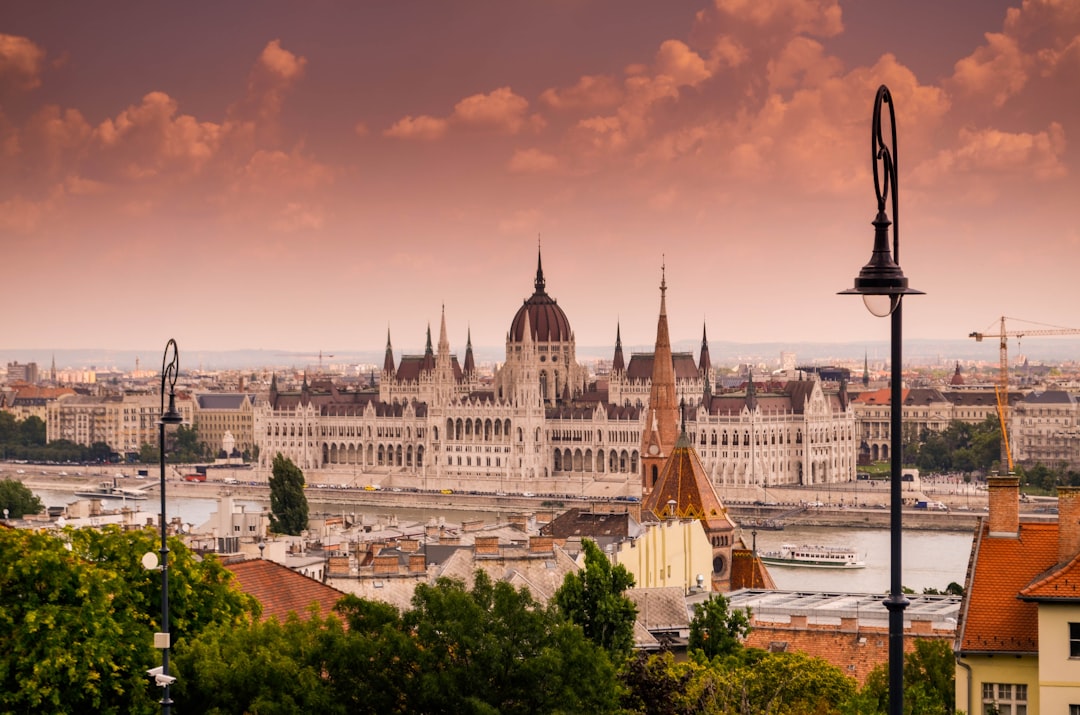Fountain of King Matthias
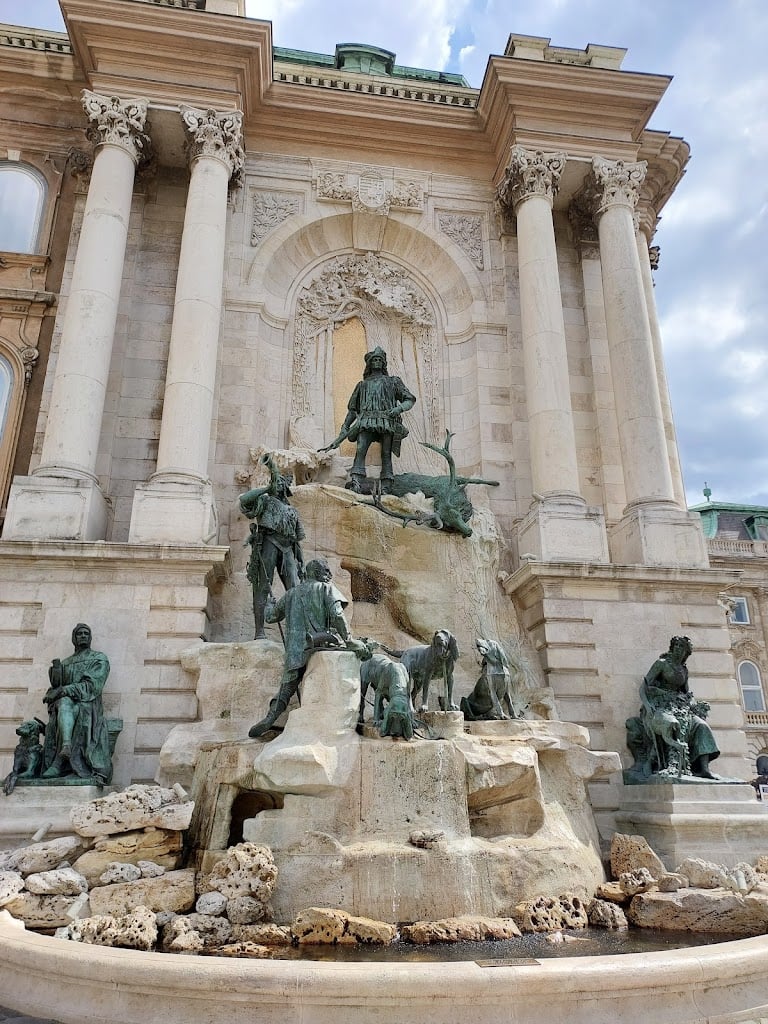
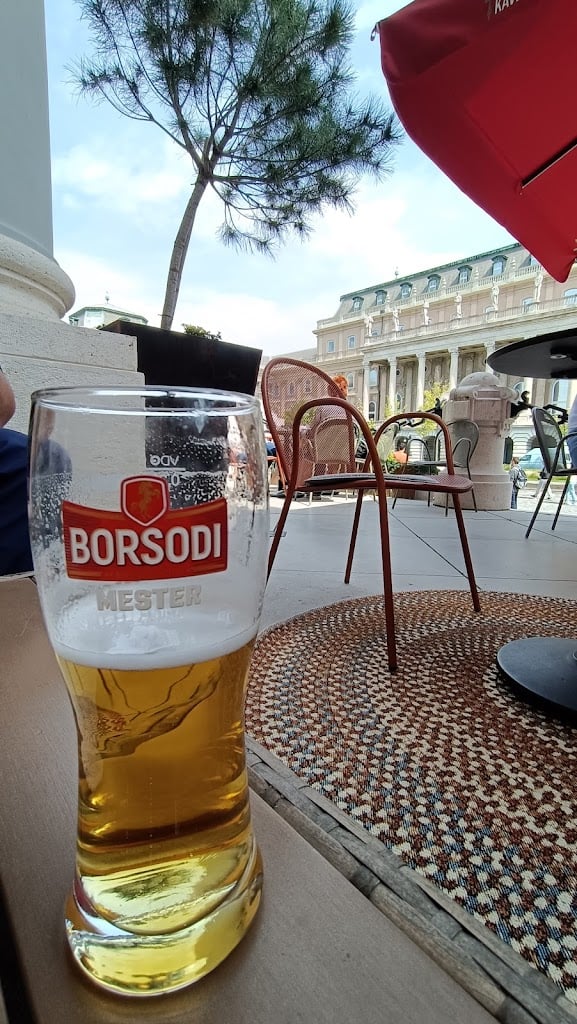
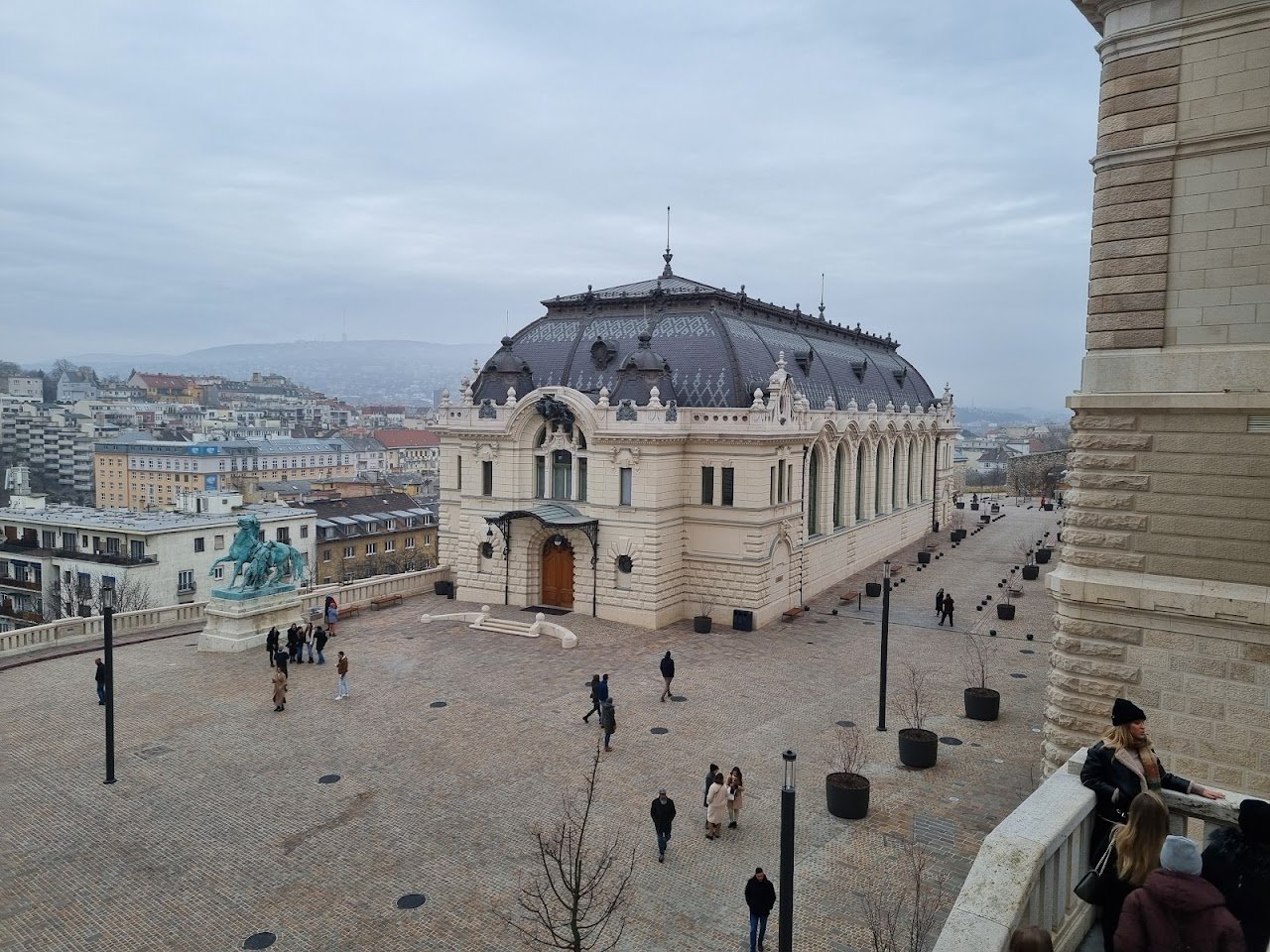
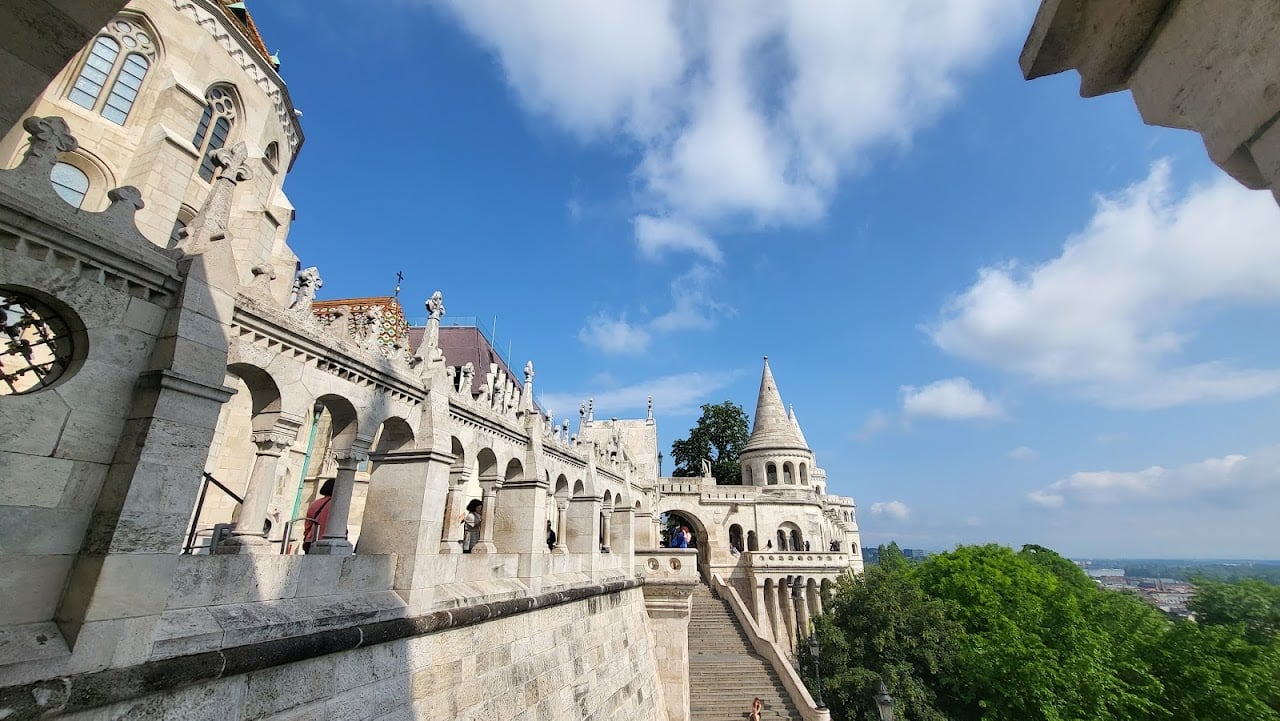
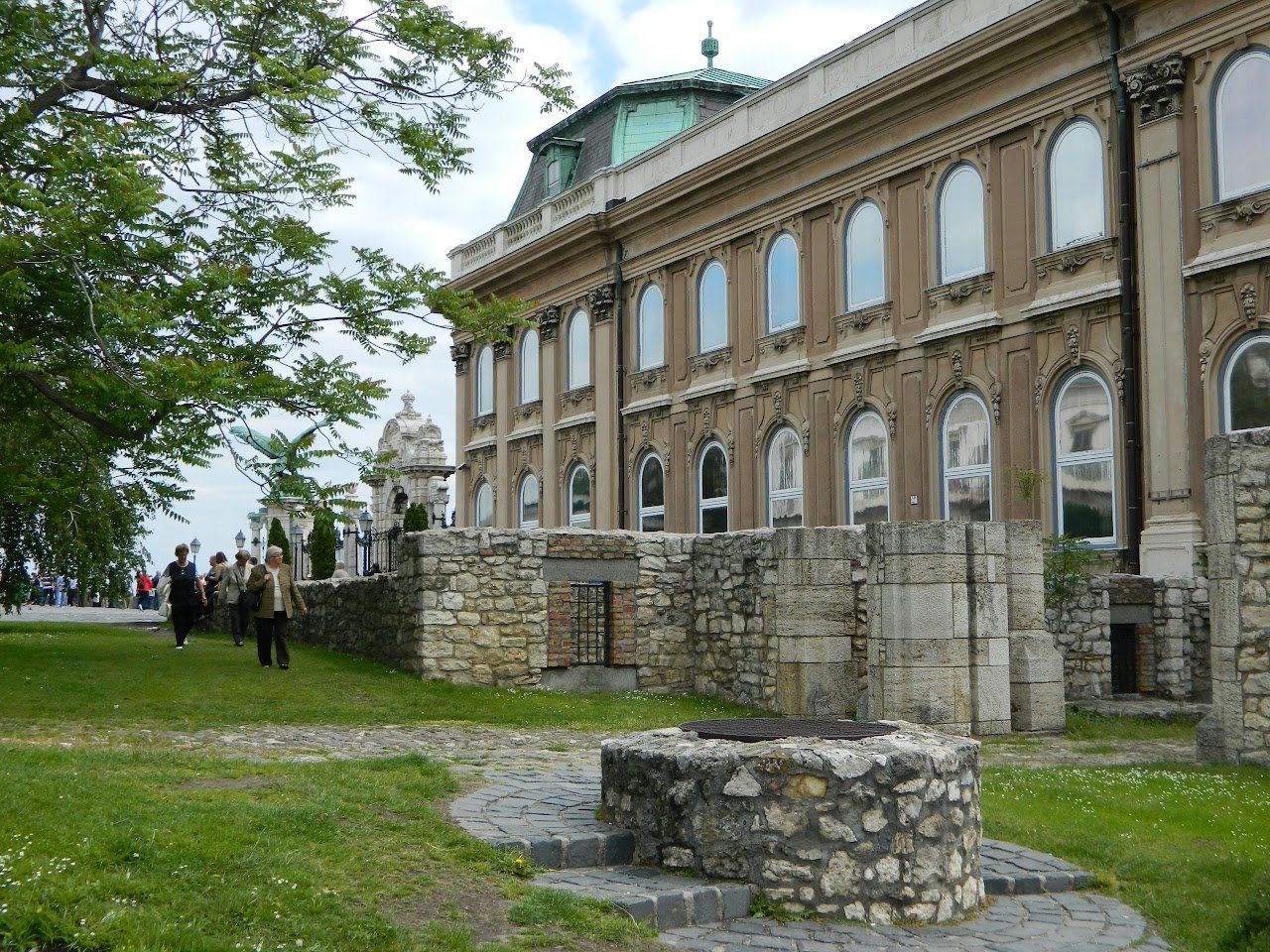
Ask ThatchGPT
Suggest a local expert to plan my trip
Suggest an unique itinerary for my Budapest trip
What foods do Budapest locals eat
What are some true hidden gems in Budapest
Help me brainstorm trip ideas for Budapest
Help me plan a family-friendly trip to Budapest
What people say
Pedro Pereira
Available for hire
"The Matthias Fountain depicts a dynamic hunting scene led by Matthias Corvinus, the king of Hungary, rendered in bronze and set against the northern facade of the former Castle Church. This dramatic arrangement features figures poised on a rocky cascade with water trickling through the crevices, evoking the grandeur of Rome's Trevi Fountain on a smaller scale. Behind the fountain, a monumental facade is framed by Corinthian columns, with its central triumphal arch adorned with King Matthias' personal coat of arms. While the facade once boasted intricate balustrades and a Mansard roof, these elements were simplified following damage in World War II. The niche's Art Nouveau arboreal motifs contrast with the fountain’s traditional elements, enhanced by a golden mosaic background.
At the heart of the composition, King Matthias stands atop the highest rock, dressed in hunting attire, a crossbow in hand, and a stag lying at his feet. Below, a huntsman blows his horn while another figure reclines with his back to the viewer. Three hounds complete the central group. Two additional figures flank the basin, adding narrative depth. On the right is Szép Ilonka, the heroine of Mihály Vörösmarty's ballad, gazing at the king while shielding her fawn, symbolizing their tragic love story. On the left is Galeotto Marzio, an Italian chronicler from Matthias' court, holding a falcon while a sighthound rests at his feet.
The fountain, a collaboration between sculptor Alajos Stróbl and architect Alajos Hauszmann, was commissioned during the Royal Palace's reconstruction. Stróbl began work in 1899 after receiving approval from King Franz Joseph. Notable details include the henchman figure, which earned a state gold medal in 1901, and the stag, modeled after a poached animal Stróbl encountered in 1896. Duke Pálffy contributed by sending hounds as models. The fountain was inaugurated in 1904 in the presence of the king.
Remarkably, the fountain endured World War II with only minor losses, including the middle dog, later reconstructed by Jenő Grantner. However, the simplified architectural elements slightly disrupted the overall harmony. A restoration in 2010 revived its splendor, preserving the historic and artistic essence of this iconic feature of Buda Castle."
Read more in:
Sarah Private
"A Neo-Barpque fountain near Buda Castle, it's often known as the "Trevi Fountain of Budapest"."
Mentioned in these guides
About Fountain of King Matthias
Get the inside scoop on Fountain of King Matthias from local experts, travel creators, and tastemakers. Browse genuine trip notes, Fountain of King Matthias reviews, photos, travel guides, and itineraries from real travelers and plan your trip with confidence.
Save this spot for later or start mapping out a new trip today
Try our AI Travel Assistant and get instant answers to any questions about your trip.
Ask ThatchGPT


